This is an issue of concern to educational administrators, thereby suggesting practical solutions.
Mr. Tran Tuan Khanh - Deputy Director of An Giang Department of Education and Training: Opportunities and challenges
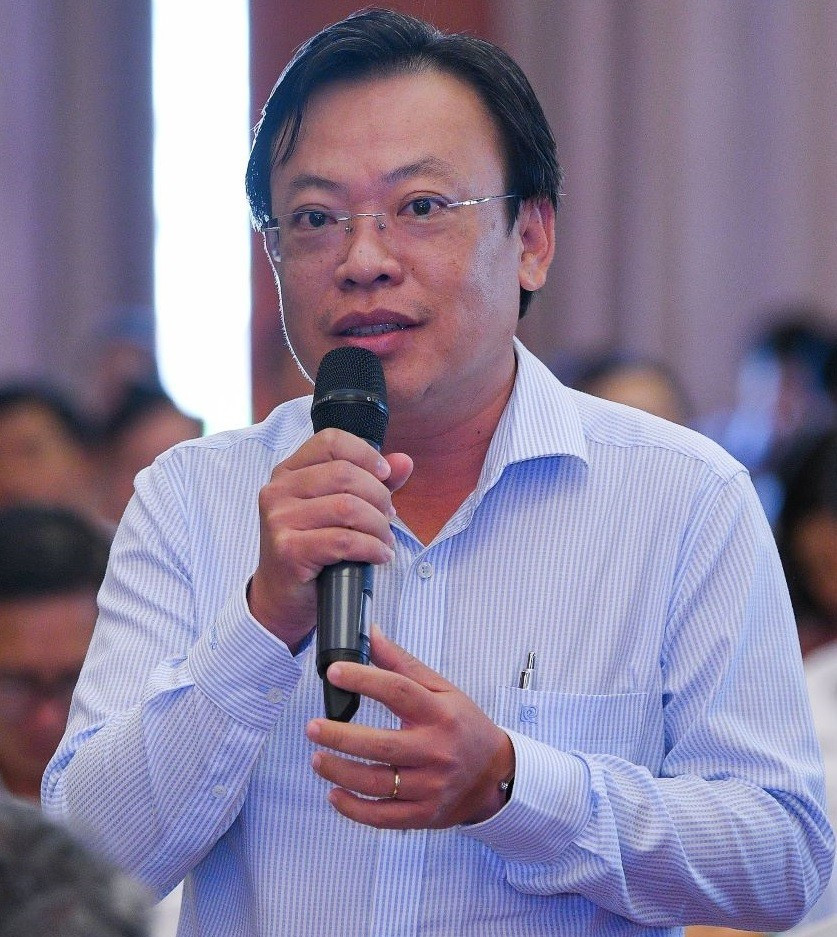
An Giang (old) has one provincial-level continuing education center and five district-level vocational education and training centers. Implementing the streamlining of the apparatus, merging provinces, abolishing the district level, and establishing new commune-level authorities, the vocational education and training centers are assigned to the Department of Education and Training for management, which brings a number of opportunities and challenges to the centers. Regarding the regulations on the organization and operation of vocational education and training centers, the Ministry of Education and Training issued Circular No. 01/2023/TT-BGDDT on January 6, 2023.
In the new merger context, being under the Department of Education and Training helps vocational education and continuing education centers have human resources, stable facilities and operate more systematically and scientifically. Being under a single management agency, the management work is more concentrated for both the areas of continuing education and vocational education, exploiting the teaching staff better than before when it was under the district, under the management of both the Department of Labor, Invalids and Social Affairs and the Department of Education and Training.
Professional work in both fields is managed together, so the implementation of tasks will be better; teachers carry out emulation, reward, training, fostering, etc. synchronously according to the school year with the education and training sector. Resources allocated to the centers will be well invested, with focus and key points according to the general direction of the department.
In addition, the centers also face some challenges such as: When under the Department of Education and Training, the responsibility of the center's head in the role of consultant and implementation organization needs to be proactive, creative, dare to think, dare to do, dare to take responsibility; unlike before, these tasks were assigned by the district, Department of Labor, Invalids and Social Affairs, Department of Education and Training, often with little initiative.
Vocational training needs to be flexible, suitable for the new arrangement conditions, responsible for the commune area. Researching and investigating the learning needs and training human resources to meet the regional development is a new challenge for the management staff of the center, not expecting to assign work as before. Training linkage needs to be suitable for practical requirements, dynamic in accordance with the general policy of society.
In the initial stage, the centers will face many difficulties, while many tasks set for the new stage of education and training need to be solved, but in the long run, it will be favorable. The Ministry of Education and Training needs to have new guidelines on quality control, staffing, and teams for the centers to be most suitable.
Mr. Le Van Hoa - Director of the Center for Continuing Education - Information Technology, Foreign Languages of Quang Tri province (Nam Dong Ha, Quang Tri): Must be invested appropriately
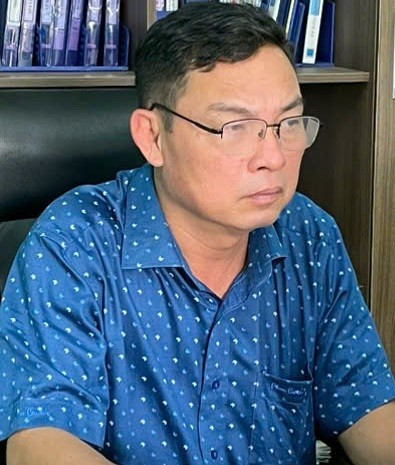
The country is carrying out a historic revolution in streamlining and restructuring the apparatus quickly and drastically. Among them, the termination of district-level government activities and the transfer of district-level vocational education and continuing education centers to the Department of Education and Training for management. This can be seen as a golden opportunity to reorganize and restructure the center system in a streamlined and effective manner, overcoming long-standing shortcomings and limitations.
Vocational Education and Continuing Education Center is a public service unit with the function and task of serving the lifelong learning needs and vocational training and development for the people. In the past, this system has made many important contributions to creating the quality of human resources and completing the common tasks of the Education sector. Therefore, we should not have the prejudice that it is necessary to completely eliminate the education system, but rather to study and re-evaluate the functions and tasks, to redesign the center system to ensure the tasks, correct and meet the learning needs of the people, without wasting resources. In my opinion, the following basic solutions are needed:
It is necessary to start from the socio-economic characteristics and learning needs of learners in localities to design a system of vocational education and continuing education centers suitable to reality. For urban areas, there is often a system of public and private secondary schools and vocational colleges that develop and train vocational skills and are accepted by the labor market. The State should transfer the function of vocational training for disadvantaged groups to the above-mentioned units.
The remaining subjects should be handled by private enterprises as much as possible. This will ensure social fairness, avoid waste, and create motivation for the private economic sector to participate in vocational education, creating motivation for development according to market mechanisms and catching up with world technology trends.
For areas with difficult socio-economic conditions, inter-commune centers should be organized to have conditions to concentrate investment resources on human resources and equipment to improve the quality of vocational education, or the task can be transferred to the provincial Vocational Education and Continuing Education Center to flexibly coordinate the vocational training process according to the actual needs of each locality.
In short, in the context of economic integration, vocational training for people is necessary, but must be flexible to adapt to market needs. The current design of the education and vocational training system is scattered, fragmented, small-scale, and of poor quality and needs to be overcome soon. Vocational training centers today must be invested appropriately to keep up with the trend of scientific and technological development and fluctuations in the job market. To do so, the only way is to reduce the number of centers and increase their scale and quality.
Regarding the field of continuing education at high school level, to ensure effective streaming policy and sustainable stability for the centers, the State should clearly stipulate the rate of students after junior high school who can enter public high school and maintain a certain rate of students entering high school at continuing education centers.
This not only creates motivation for secondary school students to study, but also improves the quality of high school education; it also helps students with average academic ability to access vocational education early and participate in the labor market appropriate to their abilities, helping to avoid waste, gradually erasing the idea that people must send their children to university by all means.
After abolishing the district-level government, in urban areas, which often have small areas but large populations, the State should establish a number of provincial-level continuing education centers in each area suitable to the population size to only perform the function of continuing education at the high school level and serve the needs of linking training at higher levels of learners in the area.
The function of vocational education is assigned to intermediate and college vocational training units as mentioned above. The problem of surplus vocational teachers, if capable, should be arranged in intermediate schools, otherwise the staffing should be reduced.
For rural areas, difficult areas, often large areas, sparsely populated, the State only establishes a number of provincial-level vocational education and continuing education centers at the inter-commune level (new communes) on the basis of merging current district-level centers into provincial-level centers. By doing so, we can easily coordinate teachers to serve the learning needs of the people flexibly, including special cases such as recruiting high school students this year, but not next year.
Reorganizing the system of vocational education and continuing education centers in this period is an urgent task. We hope that the Ministry of Education and Training and the Provincial People's Committee will soon implement it to stabilize and put it into operation in the new school year 2025 - 2026.
Mr. Hoang Tien Dung - Director of the Center for Continuing Education - Foreign Languages, Information Technology Hai Duong (Hai Phong): Better support in policies
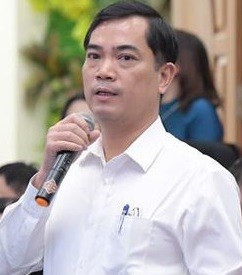
The revolution in streamlining and reorganizing the apparatus that the country is carrying out creates many opportunities for vocational education and continuing education centers in improving the quality of education, meeting the learning needs of the people.
Transferring management to the Department of Education and Training helps centers receive better support in education and training policies, thereby improving the quality of teaching and learning. However, there are some opportunities and solutions to guide centers in the new context such as:
Strengthening management and support from the Department of Education and Training: This helps centers have an approach to quickly adapt and integrate into the new environment after changing the management model....
Transforming the operating model: Centers can transform themselves into more flexible educational institutions, focusing on the real needs of the labor market, thereby attracting more students.
Creating close links with businesses: Centers can cooperate with businesses to meet short-term training needs, providing practical skills for workers.
Expanding training forms: Centers can apply information technology and online learning forms to increase accessibility for learners, especially in the context of integration and the current era of industry 4.0.
Regarding solutions, centers can consider specific solutions as follows:
First, research and analyze, evaluate market needs: Conduct market surveys and research to understand people's learning and training needs, thereby designing appropriate curriculum.
Second, innovate program content: Update the curriculum, focus on practical skills and equip learners with necessary professional knowledge.
Third, organize training to improve teachers' qualifications: Periodically organize training courses to improve teachers' skills, ensuring they have enough capacity and knowledge to impart to students.
Fourth, increase communication and promotion: Use media channels to increase community awareness of the center's training programs, helping to attract more students.
Fifth, manage and use resources effectively: Develop a plan to use resources reasonably, avoid waste through specific training planning and reasonable budget allocation.
Sixth, strengthen the training model associated with lifelong learning: Build flexible learning programs, create conditions for people to participate in regular learning, meeting the changing needs of the labor market.
The current revolution offers Vocational Training Centers (TVET) many opportunities to innovate and enhance their role in the education system. By taking advantage of these opportunities and implementing the right solutions, the centers can meet the learning needs of the people in an effective and sustainable way, while saving social resources.
When implementing a two-level local government, transferring vocational training centers to the Department of Education and Training will create more space for education and training activities, mobilizing and rotating managers and teachers. The challenge is that the wide scope of activities can be difficult to manage, and does not receive attention and investment from local authorities.
Solution: Arranging inter-commune public service centers needs to pay attention to geographical distance and population size; improving staff capacity associated with streamlining the payroll (with preferential policies); strengthening facilities and equipment, implementing autonomy and accountability... - Mr. Truong Minh Vu - Director of Dong Ha City Vocational Education and Continuing Education Center (Dong Ha, Quang Tri)
Source: https://giaoducthoidai.vn/chuyen-giao-trung-tam-gdnn-gdtx-nhieu-co-hoi-de-doi-moi-phat-trien-post739616.html


![[Photo] National Assembly Chairman Tran Thanh Man received a delegation of the Social Democratic Party of Germany](https://vphoto.vietnam.vn/thumb/1200x675/vietnam/resource/IMAGE/2025/10/28/1761652150406_ndo_br_cover-3345-jpg.webp)

![[Photo] Draft documents of the 14th Party Congress reach people at the Commune Cultural Post Offices](https://vphoto.vietnam.vn/thumb/1200x675/vietnam/resource/IMAGE/2025/10/28/1761642182616_du-thao-tai-tinh-hung-yen-4070-5235-jpg.webp)

![[Photo] Flooding on the right side of the gate, entrance to Hue Citadel](https://vphoto.vietnam.vn/thumb/1200x675/vietnam/resource/IMAGE/2025/10/28/1761660788143_ndo_br_gen-h-z7165069467254-74c71c36d0cb396744b678cec80552f0-2-jpg.webp)

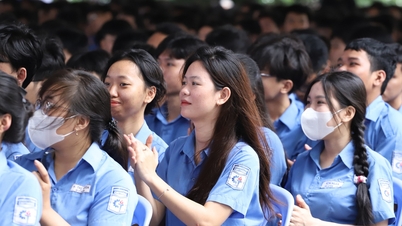


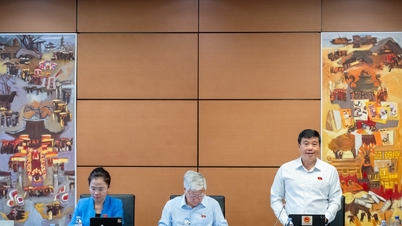

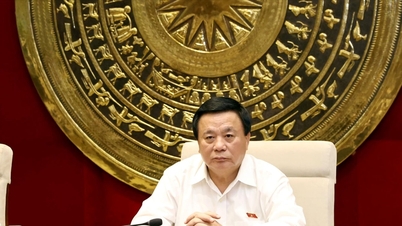
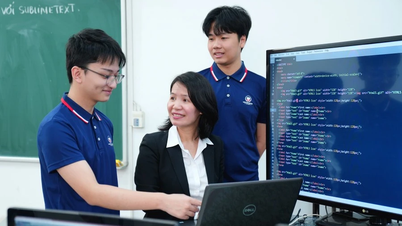
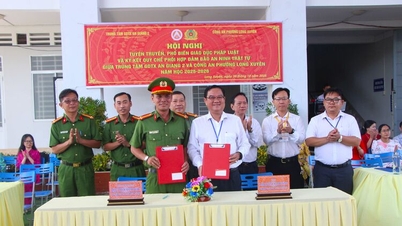

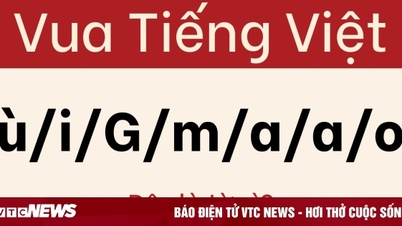






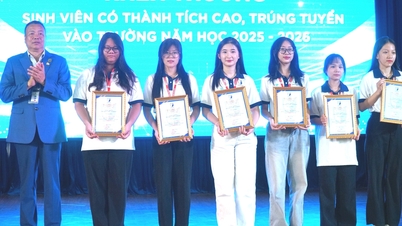
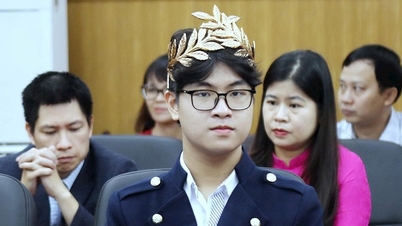





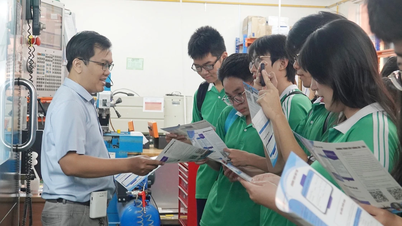
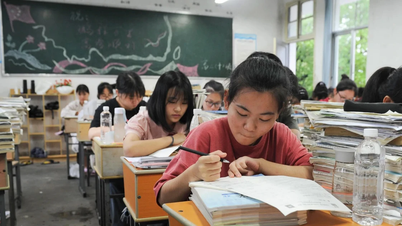
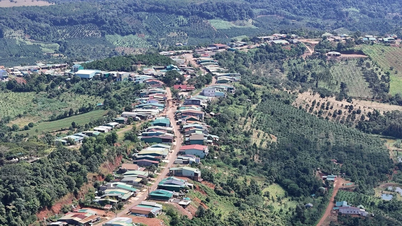
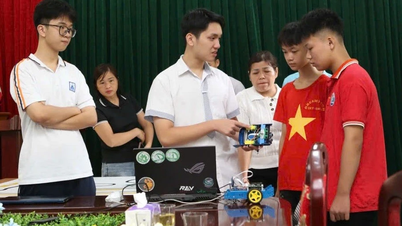

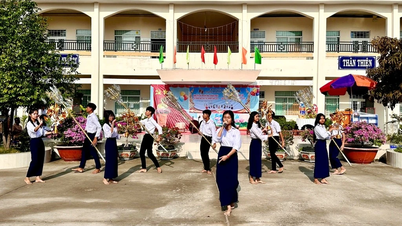

![[Photo] President Luong Cuong attends the 80th Anniversary of the Traditional Day of the Armed Forces of Military Region 3](https://vphoto.vietnam.vn/thumb/1200x675/vietnam/resource/IMAGE/2025/10/28/1761635584312_ndo_br_1-jpg.webp)









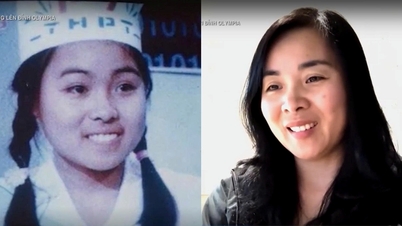

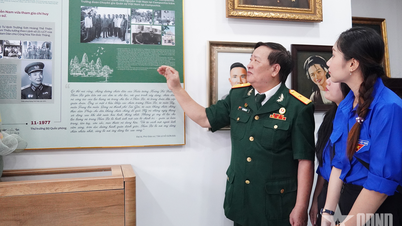


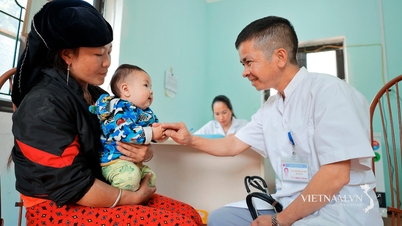





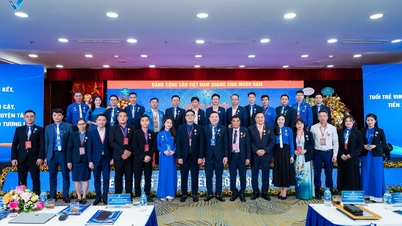




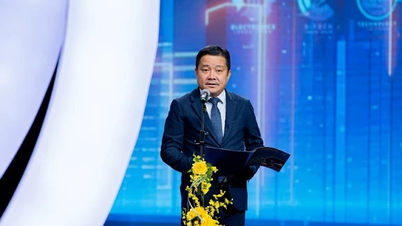






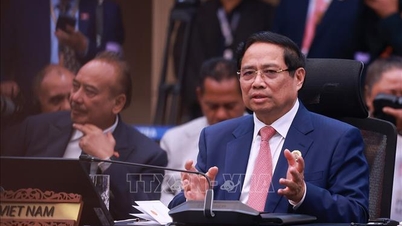






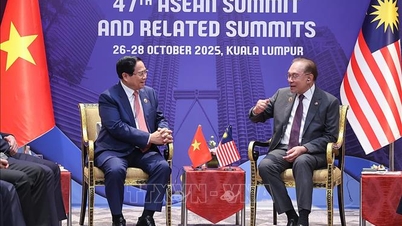
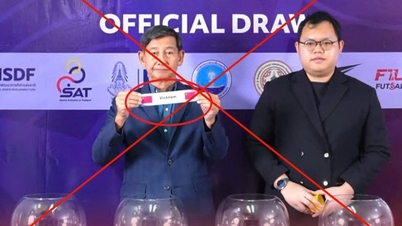

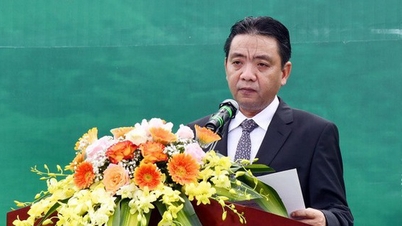
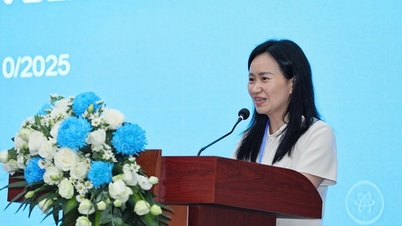

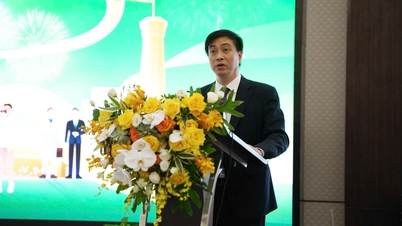


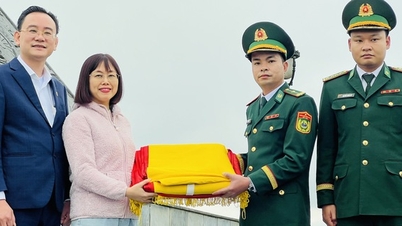
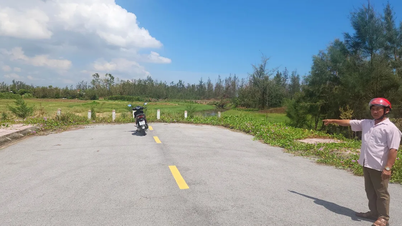







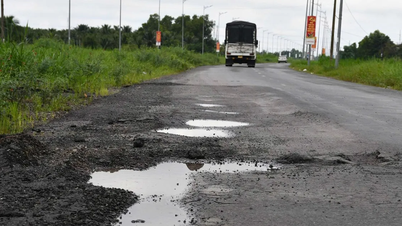
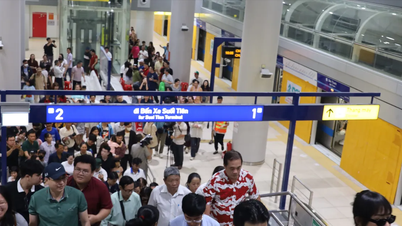













Comment (0)